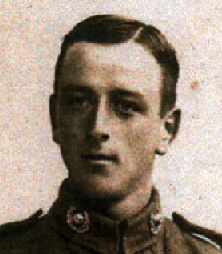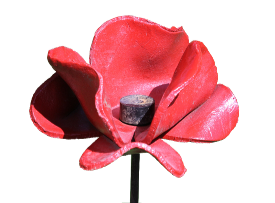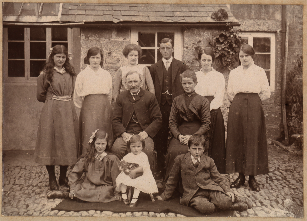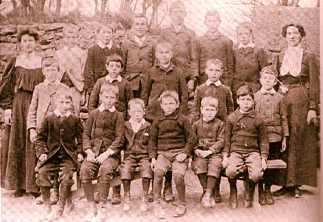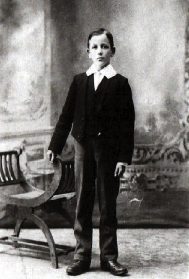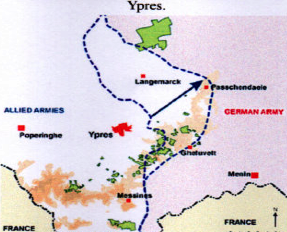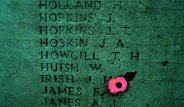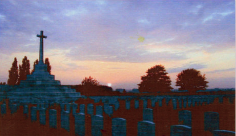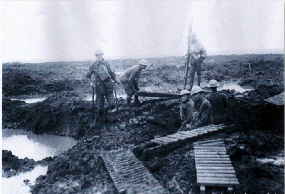Reading Out Loud
Focused Elements:
You can have these explanations read out loud by clicking on 'Speak Explanation' (access key 'a')
These controls are to provide alternative means of accessing the information on this page. Two main facilities are provided: adjusting the text size and listening to the text on the page.
1) Adjusting Text Size:
You can increase the text size by clicking on 'Larger' (access key '+'), and reduce it by clicking on 'Smaller' (access key '-'). You can reset the size back to its original value by clicking on 'Reset' (access key 'j')
2) Listening to the Text
You can adjust the pitch of the spoken word, the rate or speed of delivery and the volume. You can also choose the voice to use by clicking on the drop-down list. The default voice is whatever is the standard for the computer and browser you are using.
To set your default, please refer to the description in the Accessibility Statement.
There are normally three sections of text on the page that you can listen to: the headings, the main text and a selection. Click on 'Speak Headings to speak the page headings (access key 'l'). Click on 'Speak Main Text' (access key 'q') to listen to the main text.
You can also select an area of text in the page using standard select methods and click on 'Speak Selection' (access key 'w') to read the selection aloud.
You can enable the reading out loud of the element that currently has focus by clicking on 'Start Focus Speaking' (access key 'f') and you can stop this by clicking on 'Stop Focus Speaking' (access key 'd').
You can pause the audio by clicking on 'Pause' (access key 'r') and resume by clicking on 'Resume' (access key 't').
To cancel or stop the audio click on 'Cancel' (access key 'y'). To restart the current audio from the beginning, click on 'Restart' (access key 'k').
To hide the accessibility controls click on 'Hide Panel' (access key 'h')
To hide this explanation click on 'Hide Explanation' (access key 'x')
Widecombe-in-the-Moor
John Henry Irish in WW1

John Henry Irish was born in Widecombe on 24th March 1895 to Edmund and Bessie Irish. Edmund farmed at Lower Cator. John was baptised at Leusdon Church on 24th May 1896.
He had 2 elder sisters (Louisa and Ruth), 4 younger sisters, (Bessie, Frances, Thirza and Ethel) and 1 younger brother (Walter). John Henry attended Widecombe School from June 1901 until 1908. He is pictured below in the school photo taken in 1907. A number of boys named in the picture feature on the History Group “Roll of Honour” and it is probable that others are also in the photo listed as “unknown”.
Widecombe School Boys c 1907: Standing (back row left-right): Miss Mary Wilcocks; George Nosworthy; unknown; unknown; Herbert Hannaford; Bill Bray; John Irish; Mrs Bate. Standing (middle row left-right): Arthur Hern; unknown; Oliver Beard; Bill Miners; Thomas Nosworthy. Seated (front row left-right): George King; unknown; Bert King; Bill Hamlyn; Reg Cole; Andrew Harvey.
John Henry Irish left Widecombe County Primary school on 24th December 1908 to attend Dartmouth Grammar school. Below is a picture of John proudly wearing his Dartmouth School uniform. However by the 1911 census John was listed as working on his parents farm at Lower Cator.
Passchendaele
Naval Records indicate John Henry enlisted on 2nd January 1917, and signed on 'for the duration of the War' he was 19 years and 8 months old. Pte Irish was posted to 1st Battalion Royal Marines. His battalion was part of the 63rd Division fighting on the Western Front. His Regimental Number was CH/1987(S). Following 6 months basic training Pte Irish was posted to the Marine Base Depot in Calais on 11th August 1917, he joined his battalion at the front on 15th September. The 63rd Division arrived at Ypres mid October 1917. The division was ordered to support the Canadian Corps who had been tasked with capturing the village of Passchendaele. The battle, known as the battle of Paddebeek, started on 26th October, it raged for 5 days during which the 63rd Division suffered 3,126 casualties (dead and wounded).
John Henry Irish was one of those casualties. He died on Friday 26th October 1917. Aged 22.
Listen to the Band of HM Royal Marines, conducted by Sir Vivian Dunn play the quick march of the Royal Marine Light Infantry, “A Life on the Ocean Wave” Taken from the album of the same name.
John Henry Irish is commemorated on the TYNE COT MEMORIAL
We have some additional images of the Tyne Cot Memorial including pictures of John Irish's Memorial, all taken by Bob Curry. These are viewable by clicking here.
“The RND (Royal Naval Division) moved up into the line for the attack scheduled for the 26th October, Its portion of the line ran from Wallenmolen Cemetery to a destroyed stream called the Lekkerbotterbeek. Jerrold the RND historian says that the “Division was never confronted with a task which, on the lines laid down for them, was more impossible of fulfilment”. In this relatively low lying area the conditions were truly appalling: there were almost no trenches. The front line positions of both sides consisted of isolated posts in a sea of mud.... Speed of progress during an attack was a matter of pot luck on the condition of the terrain………..the gains had been minute for the cost....” Extracts from the Royal Marine Records of Actions during the Great War.
Listen to Sue Eveleigh (nee Irish) reading the poem Perhaps by Vera Brittain*:
Perhaps some-day the sun will shine again
And I shall see that still the skies are blue,
And feel once more I do not live in vain,
Although bereft of you.
Perhaps the golden meadows at my feet
Will make the sunny hours of spring seem gay,
And I shall find the white May-blossoms sweet
Though You have passed away.
Perhaps the summer woods will shimmer bright,
And crimson rose once again be fair,
And autumn harvest fields a rich delight
Although you are not there.
Perhaps some day I shall not shrink in pain
To see the passing of the dying year,
And listen to the Christmas songs again,
Although you cannot hear.
But though kind time may many joys renew,
There is one greatest joy I shall not know
Again, because my heart for loss of you
Was broken long ago.
*Vera Brittain was born in Newcastle–under-Lyme in 1893, to a well to do family involved in paper manufacture. Following an education in a private school in Surrey she attended Somerville College, Oxford, but deferred her studies in 1915 to serve as a nurse with the Voluntary Aid Detachment. Vera served in London, France and Malta (where she served alongside Leonard Vincent Broughton, from the Old Inn Widecombe) During the war Vera lost her fiancée, best friend and brother. Vera Brittain is famous not only for her poetry, but also her best selling autobiography Testament of Youth which has been made into a film on three separate occasions. Following her marriage in 1925 Vera had two children, the better known being Baroness Shirley Williams the former Labour cabinet minister and now Lib-Dem peer.
Acknowledgements
Thanks to the Irish family for permission to use the family photographs, to Mrs Ena Smerdon for the 1915 photograph of Edmund Irish and family, and to Sue Eveleigh for reading the poem.
Back to the list of the fallen
The information on this page was last modified on April 16 2019 17:35:46.



